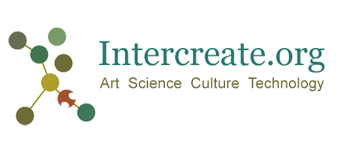SCANZ 2013: Viruses and mataitai – Achieving Shellfish Safety for Maori through collaborations with Crown Research Institutes
Authors: Emma Gibbs and Dr Gail Greening
Abstract
ESR (the Institute of Environmental Science & Research) has conducted a number of research projects in regard to Maori wellbeing, and presently has projects involving views on DNA evidence and sustainable decision making around foods. In 2003 a strong working relationship was established between scientists from ESR – a Crown Research Institute – and the Waitangi Marae Maori Committee. A survey was carried out to find out whether local shellfish were contaminated with human viruses from sewage which can cause disease in those who eat the shellfish. ESR has developed virus detection systems that show when shellfish are safe to eat. The research process necessitated professionals of all disciplines of the life sciences and tangata whenua getting together to aggregate, discuss and share their views, with the outcome being the development of a collaborative research process. This is suitable to approaches founded in Matauranga Maori.
The two year survey began in January 2004 and was funded by FoRST – the Foundation for Research, Science and Technology. Members of the Waitangi iwi collected pipi, cockles, oysters and mussels from two traditional local shellfish harvesting sites (Waitangi and Te Haumi) monthly for 2 years. The shellfish were sent to the ESR Environmental and Food Virology Laboratory, where shellfish were analysed for the presence of human viruses (adenovirus and norovirus) which cause gastroenteritis or ‘tummy bug’ and also for presence of viruses and bacteria which are indicators of faecal pollution.
Our research showed that these customary shell fishing beds were sometimes contaminated with human viruses, and that shellfish would be unsafe to eat at these times. Therefore consumption of these shellfish could be a threat to the health of the iwi. As a result of our research findings, from 2007 the local and regional councils and public health unit improved the efficiency of the sewage discharge processes and also the water quality in the area. It is now generally safe for the iwi to gather shellfish from these areas. The regional council funds a monthly virus monitoring programme carried out by ESR which indicates potential risk to iwi from viruses in shellfish. This study is an example of how scientists and Maori can work together to obtain the necessary scientific evidence to help with sustainable management of their shellfish resources.






